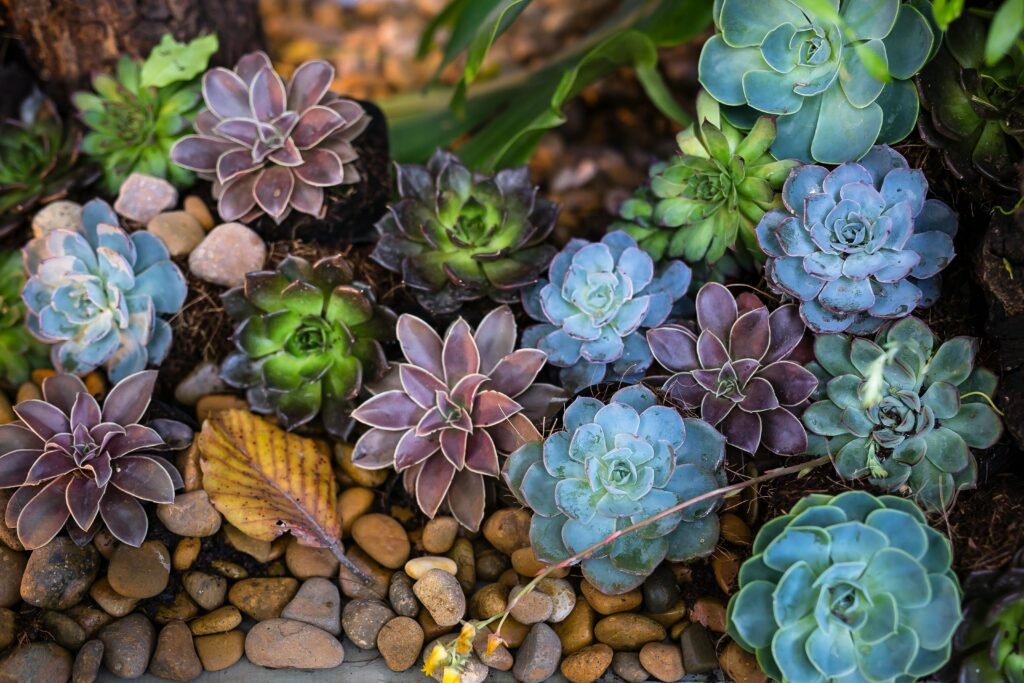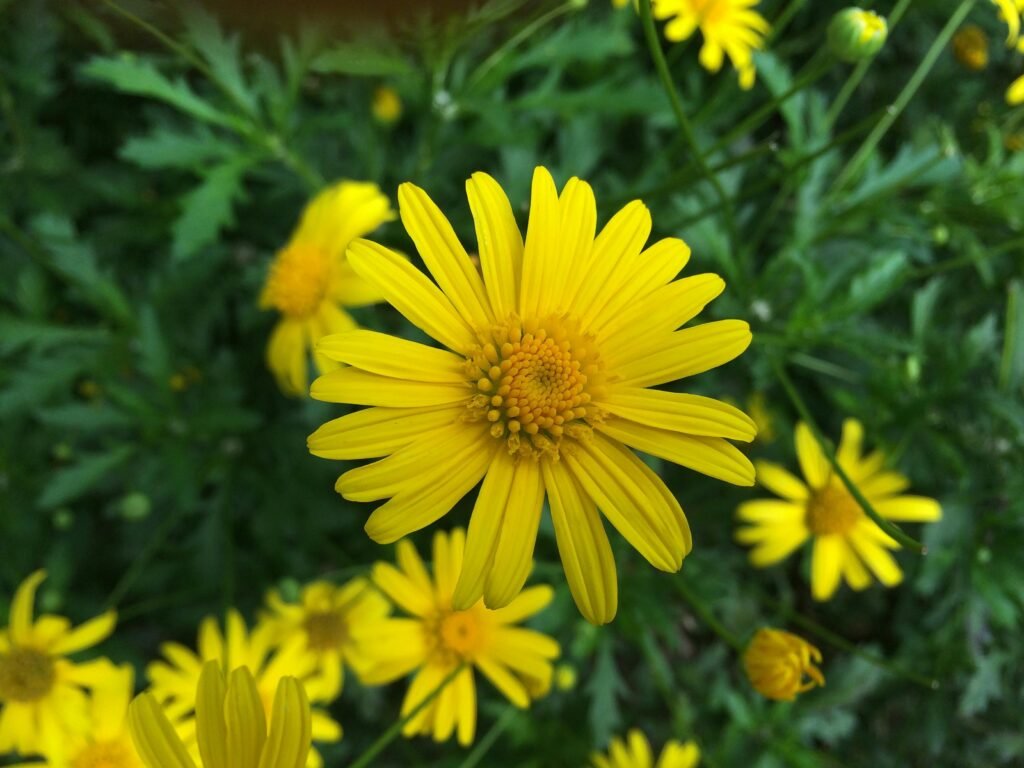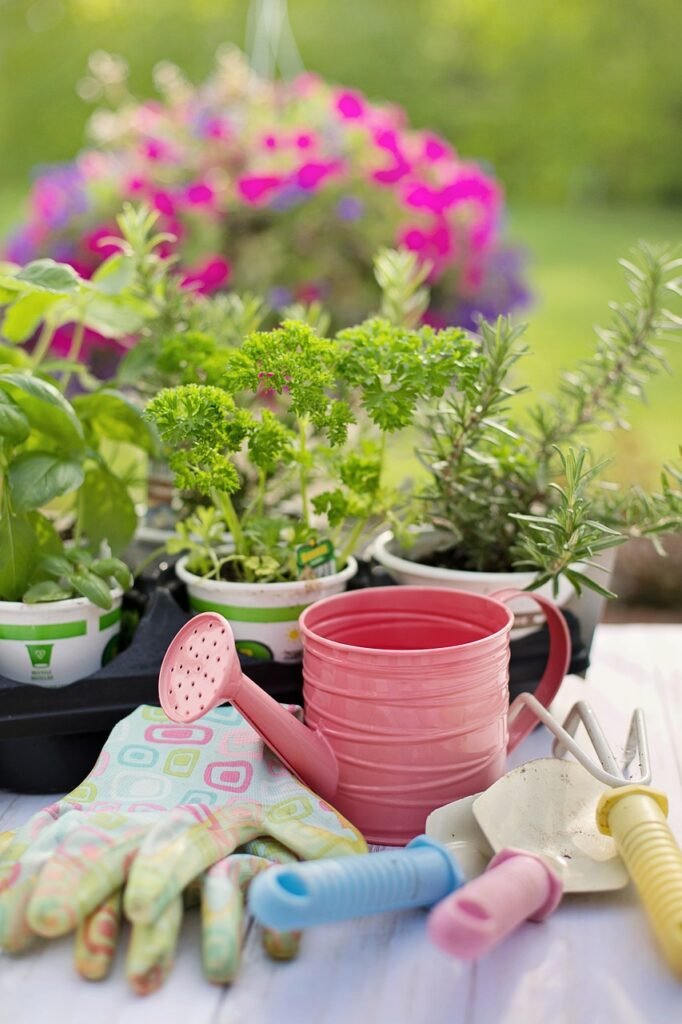In today’s world, where environmental conservation is more critical than ever, eco-friendly gardening has become a popular trend among homeowners. Transforming your outdoor space into a sustainable backyard not only reduces your ecological footprint but also creates a thriving, natural sanctuary that benefits you and the planet. This guide will show you how to incorporate eco-friendly practices, sustainable landscaping techniques, and organic gardening tips to create a lush, environmentally friendly backyard oasis.
1. Plan for a Sustainable Backyard

The first step in eco-friendly gardening is thoughtful planning. A sustainable backyard begins with understanding your local environment, soil type, and climate. Map out your garden layout to optimize sun exposure, shade, and water flow.
- Sustainable Landscaping: Incorporate natural elements like rocks, gravel, and native plants to minimize maintenance and resource use.
- Eco-Friendly Plants: Opt for drought-resistant plants and species adapted to your region to reduce watering needs.
2. Choose Native Plants for Gardening

Native plants are the cornerstone of eco-friendly gardening. These species have evolved to thrive in local conditions, making them low-maintenance and highly beneficial for the environment.
Benefits of Native Plants Gardening:
- They require less water and fertilizer.
- Attract local pollinators like bees and butterflies.
- Resist pests and diseases, reducing the need for chemical interventions.
Pro Tip: Include flowering native plants to add color and support biodiversity in your backyard.
3. Embrace Organic Gardening Tips

Organic gardening is an essential component of a sustainable backyard. It eliminates harmful chemicals, ensuring a safe and healthy environment for plants, wildlife, and your family. Here are the few tips to maintain organic gardening.
- Healthy Soil: Use natural fertilizers like compost or manure to enrich the soil.
- Pest Control: Implement eco-friendly pest management methods, such as introducing beneficial insects like ladybugs or using neem oil sprays.
- Crop Rotation: Prevent soil depletion by rotating the types of plants grown in a particular area each season.
4. Composting Methods for Healthy Soil
Composting is a cornerstone of eco-friendly gardening and a fantastic way to recycle kitchen and yard waste. By turning organic waste into nutrient-rich compost, you can improve soil fertility and reduce the need for chemical fertilizers.
Simple Composting Methods:
- Traditional Pile Composting: Create a compost pile in a corner of your garden using vegetable scraps, grass clippings, and dry leaves.
- Compost Bins: Use store-bought or DIY bins to keep compost organized and contained.
- Vermicomposting: Introduce worms to break down organic matter faster and produce rich, natural fertilizer.
Tip: Avoid adding meat, dairy, or oily foods to your compost to prevent attracting pests.
5. Water-Saving Gardening Practices
Water is a precious resource, and water-saving gardening practices are integral to a sustainable backyard. Few tips to maintain water saving gardening practices.
- Install a Drip Irrigation System: Deliver water directly to plant roots, minimizing evaporation.
- Mulch: Apply organic mulch around plants to retain soil moisture and suppress weeds.
- Rainwater Harvesting: Collect rainwater in barrels and use it to water your garden.
- Group Plants by Water Needs: Place water-loving plants together to concentrate irrigation efforts and minimize waste.
6. Incorporate Eco-Friendly Gardening Features

Adding eco-friendly features to your backyard makes it both functional and sustainable. Incorporate below methods for eco friendly gardening.
- Permeable Pathways: Use gravel, wood chips, or permeable pavers to allow rainwater to seep into the soil instead of creating runoff.
- Wildlife Habitat: Install birdhouses, bee hotels, or small ponds to support local wildlife.
- Solar Lighting: Use solar-powered lights to illuminate pathways and seating areas without increasing energy consumption.
7. Practice Minimal Lawn Maintenance
Traditional lawns require excessive water, fertilizer, and mowing. Opt for alternatives to reduce your environmental impact.
- Replace turf with low-maintenance ground covers like clover or creeping thyme.
- Use a push mower or electric mower instead of gas-powered ones.
- Let your lawn grow a little longer to retain moisture and encourage deeper root growth.
Conclusion
Creating a sustainable backyard oasis through eco-friendly gardening is an enriching journey that benefits the environment and your well-being. By incorporating native plants gardening, composting methods, water-saving gardening practices, and sustainable landscaping, you can transform your outdoor space into a haven for both people and nature.
Start small, make consistent changes, and watch your backyard flourish into a thriving ecosystem that stands as a testament to your commitment to eco-friendly living. Happy Gardening!
